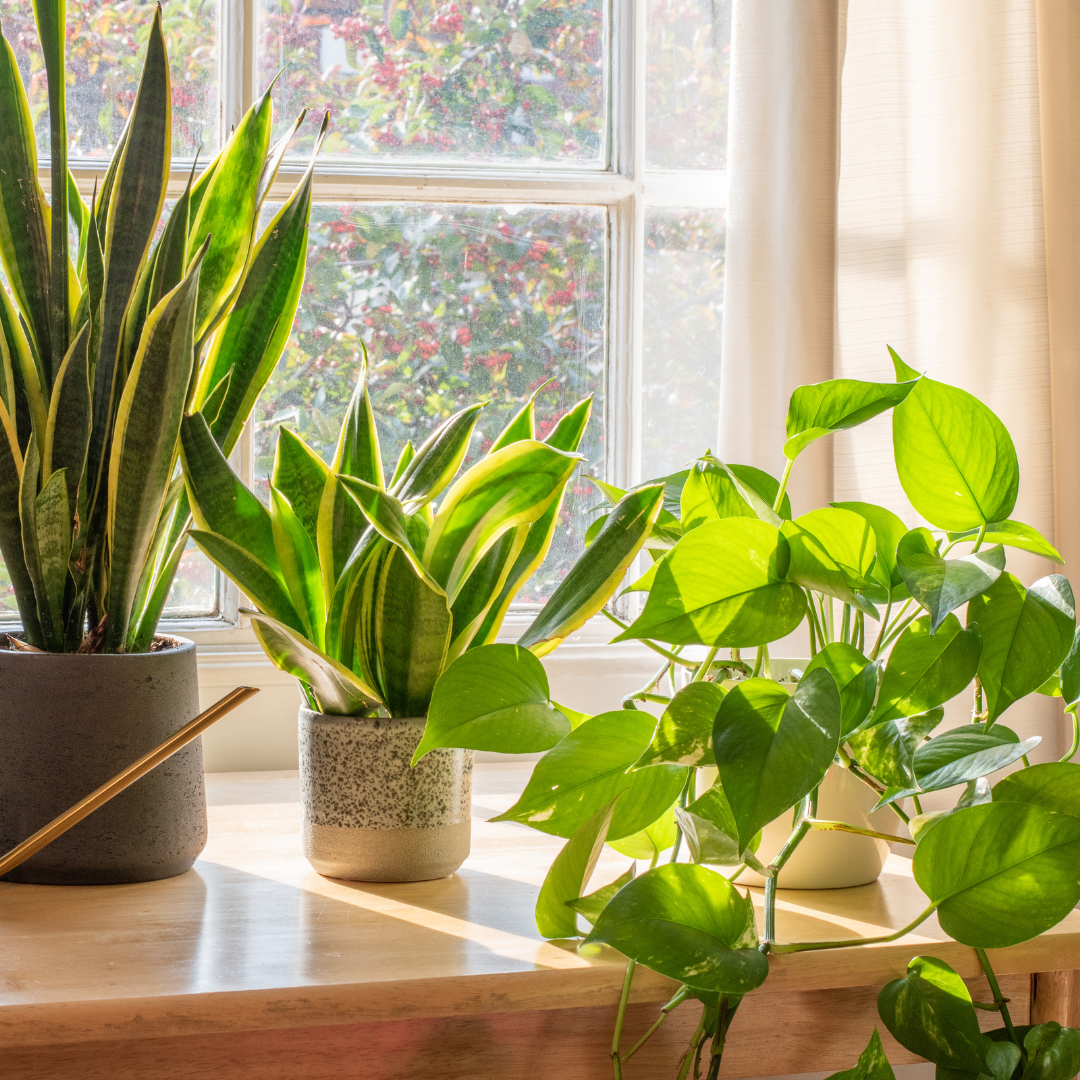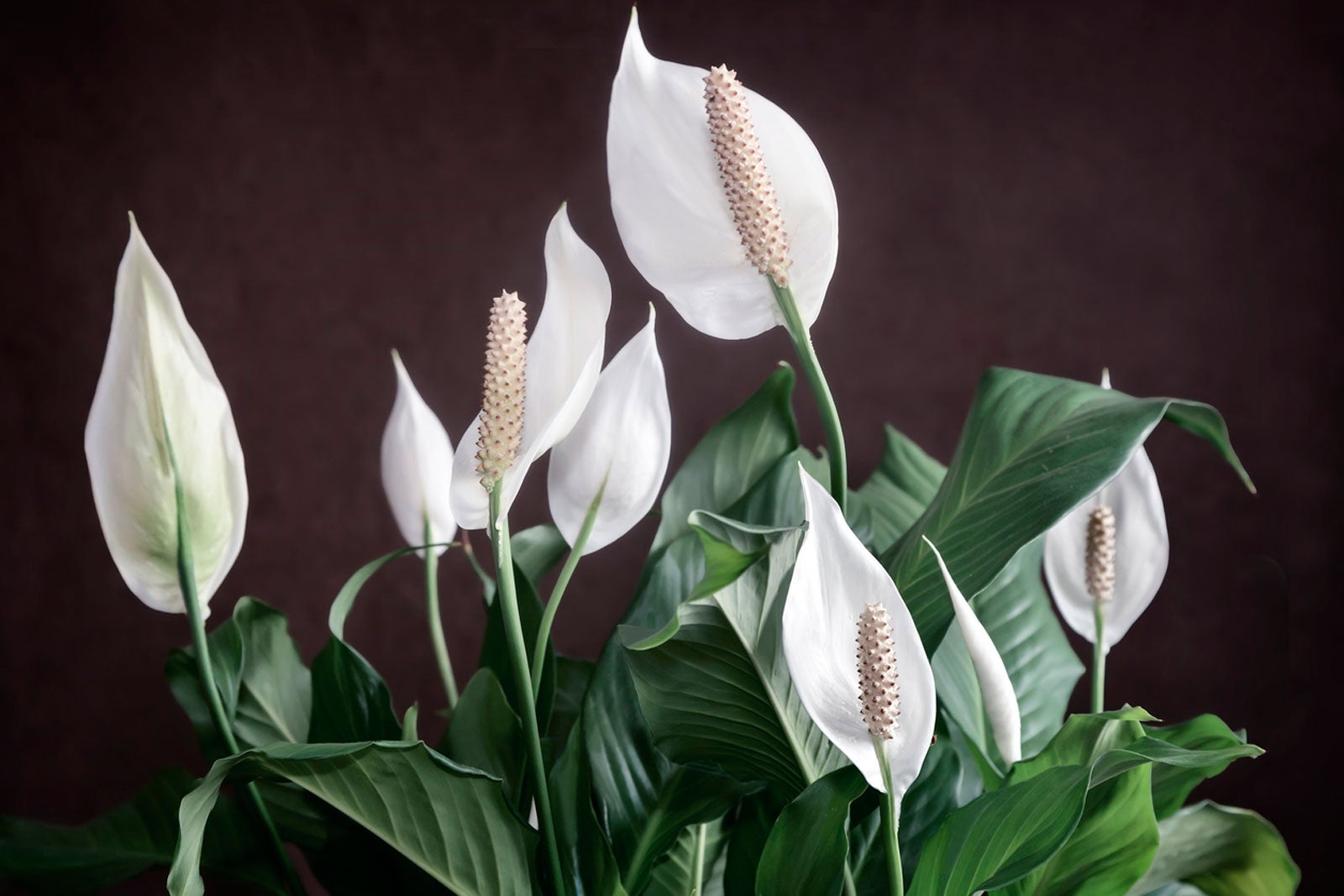How to Care for the Best Low-Light Indoor Plants in Any Environment
How to Care for the Best Low-Light Indoor Plants in Any Environment
Blog Article
Discover the very best Low-Light Indoor Plants for Enhancing Your Home Decoration
Incorporating low-light indoor plants into your home décor can significantly boost both aesthetics and environment, particularly in rooms that lack abundant natural light. Ranges such as the Snake Plant and ZZ Plant not just bring life to lower edges yet also contribute to boosted air high quality and overall health.

Why Choose Low-Light Plants
Why select low-light plants in your interior rooms? The modern living environment commonly offers difficulties such as restricted all-natural light, making it hard for conventional houseplants to grow. Low-light plants are especially adjusted to thrive and endure in these conditions, providing a sensible solution for people seeking to improve their interior spaces without the included tension of maintaining a lot more light-demanding plants.
Along with their strength, low-light plants add dramatically to the aesthetic appeals of a space. Their varied variety of forms, colors, and sizes permits distinct indoor layout opportunities, creating welcoming and dynamic atmospheres. Indoor plants are understood for their air-purifying high qualities, improving indoor air high quality by filtering system contaminants and launching oxygen, which can improve total health.
Low-light plants likewise call for marginal upkeep, making them especially attracting hectic individuals or those new to horticulture. Their adaptability permits placement in various environments, from office to poorly lit edges of the home. By picking low-light plants, you can enjoy the advantages of plant without the restraints that frequently go along with traditional horticulture, ultimately fostering a much healthier and more visually enticing indoor environment.
Top Low-Light Indoor Plants
For those looking for to enhance their indoor rooms with greenery that prospers in low-light problems, several plant alternatives attract attention for their durability and visual appeal. The Snake Plant (Sansevieria trifasciata) is a preferred selection, understood for its upright, sword-like leaves and ability to endure neglect. This durable plant can endure in dimly lit locations while boosting indoor air top quality.
Another superb option is the Pothos (Epipremnum aureum), characterized by its heart-shaped fallen leaves and trailing creeping plants. When positioned on shelves or hanging baskets., Pothos is not just versatile to reduced light yet additionally provides a striking aesthetic contrast.
The ZZ Plant (Zamioculcas zamiifolia) is equally impressive, flaunting glossy, dark eco-friendly fallen leaves that can illuminate any kind of edge. Its dry spell resistance makes it optimal for busy property owners.
Care Tips for Low-Light Plants
Exactly how can you make sure that your low-light indoor plants prosper despite restricted sunshine? Initially, select the appropriate potting mix that offers good water drainage while preserving moisture. A well-aerated soil, such as a mix of potting soil and perlite, can assist protect against origin rot.
Watering is important; low-light plants usually call for much less regular watering contrasted to their sun-loving equivalents. Always inspect the leading inch of the dirt-- if it feels dry, it's time to water. Be mindful of overwatering, as this can cause fungal problems and root decay.
Feeding low-light plants need to be done sparingly - Best low-light indoor plants. Use a balanced, water-soluble fertilizer throughout the expanding period, however remove or decrease fertilization in the dormant months
Furthermore, dirt can build up on leaves, preventing photosynthesis. Delicately wipe the leaves with a moist fabric to maintain them clean.
Finally, observe your plants closely. Indicators of distress, such as yellowing leaves or leggy growth, can show that your plant requires changes in treatment (Best low-light indoor plants). By following these care pointers, your low-light interior plants can grow, adding appeal and vigor to your home
Creative Ways to Display Plants
Elevating the visual allure of your interior space can be accomplished by thoughtfully presenting your low-light plants in innovative ways. Consider making use of vertical space to your advantage; wall-mounted shelves can display trailing plants like pothos or philodendron, adding lushness while saving floor area. Make use her latest blog of plant stands of differing elevations to produce visual interest and depth, attracting the eye upwards.
Hanging planters are an additional superb option, providing a significant impact when put on hold from the ceiling or hooks. Macramé hangers can introduce texture and bohemian panache, while modern-day ceramic hangers can fit a minimal aesthetic. For an extra innovative approach, repurpose special containers such as classic teacups or glass jars, which can include personality to your screen.
Organizing plants in collections is also effective; use differing pot sizes and shades to create a cohesive look. This technique not just enhances visual influence however likewise provides a natural habitat feeling - Best low-light indoor plants. Lastly, take into consideration placing plants near source of lights like lights or windows to optimize their development and display their vibrant foliage, therefore improving the general ambiance of your indoor environment.
Benefits of Indoor Plant
Countless researches have shown that including indoor plant right into your space uses a wide range of benefits, improving both mental and physical health. Among one of the most considerable advantages of indoor plants is their capacity to boost air top quality. Plants soak up carbon dioxide and release oxygen, creating a much healthier ambience while likewise straining unsafe contaminants, therefore promoting respiratory system health and wellness.
Furthermore, the visibility check my site of plant has been connected to decreased anxiety degrees. Research study shows that interacting with plants can lower cortisol levels, which are linked with stress and anxiety. This soothing effect can lead to enhanced state of mind and enhanced productivity, making indoor plants an ideal enhancement to work areas.
In addition, interior plant can enhance cognitive function. Research studies recommend that atmospheres improved with plants can result in boosted emphasis, creativity, and general psychological clearness. The aesthetic appeal of indoor plants likewise adds to a much more welcoming and positive setting, positively influencing social interactions and general complete satisfaction within a space.
Verdict

Integrating low-light interior plants into your home design can considerably enhance both aesthetic appeals and ambience, specifically in rooms that lack bountiful all-natural light. Varieties such as the Serpent Plant and ZZ Plant not only bring life to lower corners yet likewise add to improved air high quality and overall wellness. Indoor plants are recognized for their air-purifying qualities, enhancing interior air quality by releasing and filtering Full Report system contaminants oxygen, which can improve overall wellness.
For those seeking to enhance their indoor spaces with plant that grows in low-light problems, several plant alternatives stand out for their durability and aesthetic appeal. These durable plants, such as the Snake Plant and ZZ Plant, prosper in dark conditions and call for minimal upkeep, making them ideal for numerous lifestyles.
Report this page